Autoimmune Disorders of Muscles and Nerves
What are autoimmune disorders of the muscles and nerves?
Neuromuscular autoimmune disorders, encompassing conditions that impact both muscles and nerves, present substantial health challenges. These ailments arise when the immune system erroneously targets the body’s tissues, causing inflammation and impairing the normal function of muscles and nerves.
Introduction
Autoimmune neuromuscular disorders, impacting peripheral nerves, neuromuscular junctions, or muscles, exhibit a broad clinical spectrum with diverse pathogenetic mechanisms. The peripheral nervous system may become a target due to post-infectious immune reactions, paraneoplastic syndromes, or sometimes without identifiable triggering events.
The pathogenetic processes involve intricate interactions among antigen-presenting cells, B cells, and various T cell types. Treatment strategies aim to regulate the immune system response, employing immunomodulating and cytotoxic therapies that hinder immune cell proliferation or activation through distinct mechanisms. Commonly, protocols for autoimmune neuromuscular disorders involve IVIG, corticosteroids, and plasmapheresis, with cytotoxic agents often serving as steroid-sparing medications.
Recently, the emergence of monoclonal antibodies targeting specific cell types offers a novel approach to addressing distinct immune pathways. However, the efficacy and safety of these new treatments compared to “classic” regimens will only become evident over time.
Types of autoimmune disorders of muscles and nerves
Autoimmune disorders affecting muscles and nerves encompass a spectrum of complexities. One category, Autoimmune Neuropathies, exhibits immune-mediated manifestations that can be acute or chronic, leading to primary demyelination or axon loss. Molecular mimicry, triggered by similarities between peripheral nerve glycolipids, myelin proteins, and infectious agents, can provoke an immune response targeting peripheral nerves.
- Guillain-Barre Syndrome (GBS): Guillain-Barre Syndrome, an inflammatory polyradiculoneuropathy, often follows flu-like illnesses or gastroenteritis. Diverse pathophysiology involves humoral immunity mechanisms. Treatment involves IVIG, or plasmapheresis, with variations like Miller-Fisher syndrome and sensory GBS.
- Chronic Inflammatory Demyelinating Polyradiculoneuropathy (CIDP): Chronic Inflammatory Demyelinating Polyradiculoneuropathy, a demyelinating inflammatory polyneuropathy, progresses more slowly than GBS. Corticosteroids or IVIG serve as first-line treatments, with azathioprine and cyclophosphamide as second-line options.
- Vasculitic Neuropathy: Vasculitic neuropathy, an aggressive condition, presents as a painful sensorimotor polyneuropathy. Corticosteroids and cyclophosphamide are common treatments, with histopathological confirmation preferred before intervention.
- Paraproteinemic Neuropathy: Monoclonal gammopathies, associated with disorders like Waldenstrom’s macroglobulinemia, may lead to paraproteinemic neuropathy. Treatment varies, with rituximab showing promise for anti-MAG antibody-associated neuropathy.
- Paraneoplastic Neuropathy: Linked to malignancies, paraneoplastic neuropathy presents diverse neurological manifestations. Tumour removal may improve symptoms, while immunotherapy addresses neuropathic pain and dysautonomia.
- Other autoimmune neuropathies: Conditions like multifocal motor neuropathy (MMN) and autoimmune neuropathies associated with systemic disorders (e.g., sarcoidosis) showcase the broad spectrum of autoimmune involvement.
Moving to autoimmune myopathies:
- Polymyositis: Affecting adults with proximal symmetric weakness, polymyositis involves corticosteroids and immunosuppressive agents in treatment.
- Dermatomyositis: Characterised by skin rash and muscle weakness, dermatomyositis may lead to interstitial lung disease. Treatment involves corticosteroids and immunosuppressive options.
- Necrotizing Myopathy: Autoimmune necrotizing myopathy presents with rapid weakness and may involve anti-SRP antibodies. Corticosteroids, or IVIG, can be considered for treatment.
- Inclusion Body Myositis (IBM): Inclusion Body Myositis (IBM, is resistant to treatment, and primarily affects individuals over 50. Recent studies suggest potential benefits from the anti-CD52 monoclonal antibody alemtuzumab.
- Other autoimmune myopathies: Disorders like eosinophilic myositis and those associated with connective tissue disorders exhibit varied presentations and require tailored treatments.
Lastly, neuromuscular junction disorders:
- Acquired Myasthenia Gravis: An antibody-mediated disorder, myasthenia gravis, involves fluctuating weakness. Treatment includes corticosteroids, immunosuppressants, and symptomatic relief with cholinesterase inhibitors.
- Lambert-Eaton Myasthenic Syndrome: Presynaptic disorder linked to anti-VGCC antibodies, Lambert-Eaton myasthenic syndrome, is often associated with small-cell lung cancer. Symptomatic treatments include potassium channel blockers.
- Autoantibodies: Autoantibodies, prevalent in autoimmune neuromuscular disorders, play a diagnostic role, though their exact contribution to the pathological process remains unclear. Further research aims to elucidate their significance.
In addressing this intricate landscape, personalized treatment approaches and ongoing research are pivotal for advancing our understanding and enhancing patient outcomes.
Causes of Autoimmune neuromuscular disorders
Autoimmune neuromuscular disorders result from the immune system mistakenly attacking components of the nervous system or muscles. The exact causes are complex and not always fully understood, but several factors contribute to the development of these disorders:
- Genetic Predisposition: Some patients may have a genetic susceptibility to autoimmune disease. Certain genes are associated with an increased risk of developing autoimmune conditions, and a family history of autoimmune diseases can contribute to this predisposition.
- Environmental Triggers: Environmental factors, such as infections or exposure to certain toxins, may act as triggers for the immune system to start attacking the body’s own tissues. Infections, in particular, can sometimes initiate an autoimmune response.
- Dysregulation of the Immune System: Autoimmune disorders involve a malfunction of the immune system, where it fails to recognize “self” from “non-self.” This dysregulation can lead to the immune system attacking healthy cells and tissues.
- Molecular Mimicry: Molecular mimicry occurs when the body’s immune response, triggered by an infection or other factors, mistakenly identifies normal components of the body as foreign. This can lead to an immune attack against the body’s tissues.
- Hormonal Factors: Hormonal changes, especially in women, may influence the development of autoimmune disorders. Some autoimmune diseases are more prevalent in females and may be associated with hormonal fluctuations.
- Chronic Inflammation: Persistent inflammation in the body can contribute to the development of autoimmune conditions. Chronic inflammation can result from various factors, including infections, obesity, or other underlying health issues.
- Neurological Factors: In the case of neuromuscular disorders, abnormalities in the nervous system may trigger an immune response. For example, in myasthenia gravis, the immune system targets acetylcholine receptors, disrupting communication between nerves and muscles.
- Unknown Triggers: In many cases, the precise triggers for autoimmune neuromuscular disorders remain unknown. The interplay of genetic, environmental, and immunological factors is complex and varies among individuals.
Understanding the specific causes of autoimmune neuromuscular disorders is an area of ongoing research. Identifying these causes is essential for developing targeted therapies and interventions to manage and, in some cases, prevent these conditions.
Symptoms of Autoimmune neuromuscular disorders
Manifesting often in early childhood or infancy, the symptoms of autoimmune neuromuscular diseases evolve progressively. Common indicators encompass:
- Muscle Atrophy: Gradual muscle loss is a prevalent symptom, contributing to weakness and functional impairment.
- Muscle Spasticity: Increased muscle tone leading to stiffness, known as spasticity, is a characteristic feature.
- Muscular Cramps: Recurrent muscular cramps contribute to discomfort and are frequently observed in these conditions.
- Movement Challenges: Impaired movement coordination and control issues characterize the impact on motor function.
- Muscle Weakness: Generalized or localized muscle weakness is a hallmark, affecting mobility and daily activities.
- Balance Impairments: Neuromuscular diseases often lead to challenges in maintaining balance, impacting stability.
- Breathing Difficulties: In advanced stages, compromised respiratory muscles can result in breathing difficulties.
- Swallowing Challenges: Weakened muscles involved in swallowing may lead to difficulties in the ingestion process.
- Vision and facial symptoms: Double vision, droopy eyelids, and facial weakness contribute to the diverse array of symptoms.
- Sensory Sensations: Numbness, tingling, or painful sensations may occur, reflecting nerve involvement.
Tailoring treatment approaches is crucial, as specific symptoms vary. For example, myasthenia gravis introduces unique challenges such as facial weakness and hoarseness, accentuating the need for targeted interventions. Understanding the distinct symptomatology informs effective strategies to enhance the quality of life for individuals grappling with these complex conditions.
Diagnosis of Autoimmune neuromuscular disorders
Diagnosing autoimmune neuromuscular disorders involves a comprehensive approach, including clinical evaluations, specialized tests, and, at times, collaboration with neurologists and other specialists. Common diagnostic steps include:
- Clinical Assessment: Physicians examine the patient’s medical history, focusing on symptoms such as muscle weakness, spasticity, cramps, movement issues, balance problems, breathing difficulties, swallowing difficulties, double vision, and sensory symptoms.
- Neurological Examination: A thorough neurological examination helps identify specific neuromuscular deficits, and assess reflexes, muscle strength, coordination, and other relevant factors.
- Blood tests: Blood tests may be conducted to check for markers of inflammation, specific antibodies, or other indicators that can provide clues about the presence of an autoimmune process.
- Electrodiagnostic Studies: Electromyography (EMG) and nerve conduction studies help evaluate the electrical activity of muscles and nerves, aiding in the diagnosis of conditions like myasthenia gravis or chronic inflammatory demyelinating polyneuropathy (CIDP).
- Imaging Studies: Imaging techniques, such as magnetic resonance imaging (MRI) or computed tomography (CT) scans, may be employed to visualize muscle and nerve structures, assisting in the detection of abnormalities.
- Autoantibody testing: Testing for specific autoantibodies associated with certain autoimmune neuromuscular disorders, like acetylcholine receptor antibodies in myasthenia gravis, can contribute to a more precise diagnosis.
- Nerve or Muscle Biopsy: In some cases, a biopsy of nerve or muscle tissue may be performed to examine pathological changes, especially when inflammatory or autoimmune processes are suspected.
- Lumbar Puncture (Spinal Tap): Cerebrospinal fluid analysis obtained through a lumbar puncture may be done to assess for signs of inflammation or abnormalities, especially in conditions affecting the central nervous system.
- Specialized Testing for Specific Disorders: Depending on the suspected disorder, additional specialized tests may be conducted. For instance, a tensilon test for myasthenia gravis or specific antibody tests for various autoimmune conditions
A precise diagnosis is crucial for tailoring an effective treatment plan. Given the complexity of autoimmune neuromuscular disorders, consultation with a neurologist or neuromuscular specialist is often essential for accurate diagnosis and management.
Treatment of Autoimmune neuromuscular disorders
Treating autoimmune neuromuscular disorders often relies on employing corticosteroids, IVIG, or plasma exchange. Additionally, various immunosuppressive medications, either alone or in combination with corticosteroids or IVIG/plasma exchange, may be utilized.
However, long-term use of immunosuppressive drugs is linked to an elevated risk of malignancies, such as bladder carcinoma with cyclophosphamide and hematologic malignancies with azathioprine, along with the potential for opportunistic infections, notably progressive multifocal leukoencephalopathy with rituximab.
To mitigate treatment-associated risks, a cautious approach involves administering the lowest effective doses. While controlled trials have explored treatment strategies for neuromuscular disorders like GBS, CIDP, myasthenia, and inflammatory myopathies, a consensus on many aspects remains elusive. Tailoring therapy hinges on factors like treatment efficacy, individual clinical features, and the risk of complications.
- Corticosteroids: A cornerstone in treating autoimmune and inflammatory conditions, corticosteroids exhibit varying immunosuppressive and anti-inflammatory potencies. Side effects, spanning from weight gain to osteoporosis, necessitate a judicious balance in dosage and a tapered approach.
- Cytotoxic medications: Purine antagonists like azathioprine and mycophenolate act as steroid-sparing agents. Cyclophosphamide, a DNA-alkylating drug, is reserved for severe cases, weighing its benefits against potential risks like bladder carcinoma.
- Plasma Exchange: Well-established in autoimmune disorder treatment, plasmapheresis’s mechanisms involve removing antibodies, immune complexes, toxins, or cytokines. Its role is acknowledged in GBS, CIDP, myasthenia gravis, and more, but careful consideration is essential due to associated complications.
- Intravenous Immunoglobulins (IVIG): Derived from pooled donors, IVIG’s mechanisms include neutralizing autoantibodies and inhibiting complement activation. While recommended in various disorders, including GBS, CIDP, and myasthenia gravis, its use warrants caution due to potential complications.
- Other Biological Agents: Monoclonal antibodies and biological medications, like rituximab and alemtuzumab, show promise in specific cases. However, their efficacy and safety profiles necessitate ongoing scrutiny.
- Stem Cell Transplantation: Used in refractory cases, stem cell transplantation aims to reset the immune system. However, its application is limited by significant associated morbidity.
- Other Treatments: Thymectomy finds consideration in myasthenia gravis, especially in nonthymomatous cases, though its efficacy remains debated. Total lymphoid irradiation, once explored as a rescue therapy, is generally discouraged due to limited success.
Navigating the array of treatments requires a nuanced understanding of each patient’s unique clinical presentation and demands a continual assessment of evolving research and clinical insights.
FAQ
What autoimmune disease affects nerves and muscles?
Myasthenia gravis (MG) is a persistent autoimmune condition where antibodies disrupt nerve-muscle transmission, leading to weakened skeletal muscles. This condition affects voluntary muscles, particularly those governing the mouth, throat, eyes, and limbs.
Which is an autoimmune disorder of muscles?
Muscle fibres become inflamed and weakened by a rare form of an autoimmune disease called myositis (my-o-SY-tis). When the body’s immune system targets itself, autoimmune disorders result. Myositis is a condition where healthy muscle tissue is attacked by the immune system, leading to discomfort, oedema, inflammation, and eventually weakness.
What are the five common symptoms of an autoimmune disorder?
The following are typical signs of an autoimmune disease:
Fatigue.
Swollen and painful joints.
Skin issues.
Digestion problems or pain in the abdomen.
Fever that returns.
Swollen glands.
What are the 10 most common autoimmune diseases?
Typical autoimmune diseases consist of:
Several sclerosis.
Grave myasthenia.
Harmful anaemia.
Arthritis that reacts
The arthritis is rheumatoid.
Syndrome Sjögren.
Type I diabetes
Systemic lupus erythematosus (lupus).
What autoimmune disease destroys nerves?
In autoimmune conditions like Guillain-Barré syndrome, the body’s immune system targets the affected person’s nerves. The assault causes damage to the myelin sheath, which protects the nerve, and occasionally even to the axon, which covers the inner portion of the nerve, causing messages to be altered or delayed.
What are the symptoms of autoimmune muscle disease?
The following are typical signs of polymyositis:
Stiffness and soreness in the muscles.
Weakening in muscles, especially in the shoulders, upper arms, hips, and abdomen.
Stiffness and joint discomfort.
Having trouble breathing.
Difficulty swallowing.
Cardiac rhythm abnormalities, should the heart muscle become irritated.
Can autoimmune disease be cured?
While there is typically no treatment for autoimmune illnesses, they can often be managed. Anti-inflammatory medications have been used historically as a means of treating pain and inflammation. corticosteroids: to lessen swelling.
What is the hardest autoimmune disease to diagnose?
While certain common autoimmune diseases, like Addison’s disease, lupus, vasculitis, and other rheumatic diseases, are easier to detect, others, like type 1 diabetes mellitus, are more challenging.
Reference
- Kraker, Jessica A., and Saša Živković. “Autoimmune Neuromuscular Disorders.” Current Neuropharmacology, 1 Sept. 2011, doi.org/10.2174/157015911796558000.
- “Autoimmune Neuromuscular Disease | AmeriPharma Specialty.” AmeriPharma Specialty Care, 25 July 2023, ameripharmaspecialty.com/autoimmune-neuromuscular-disease.

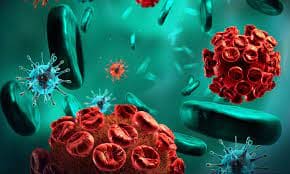
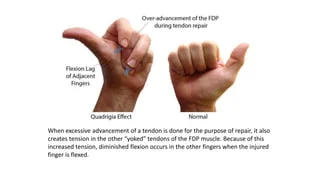
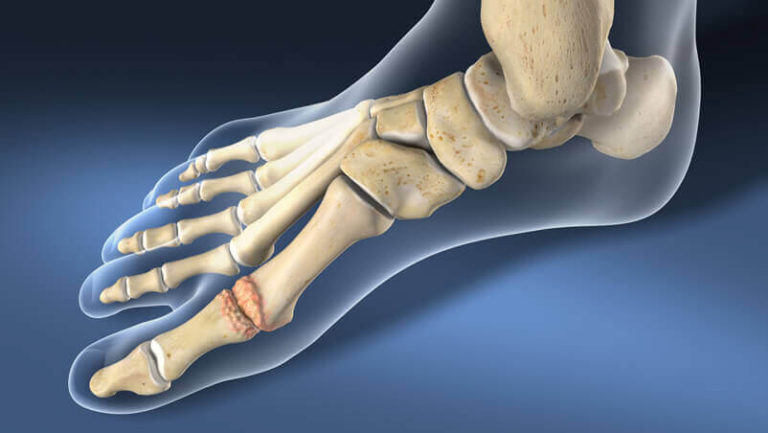

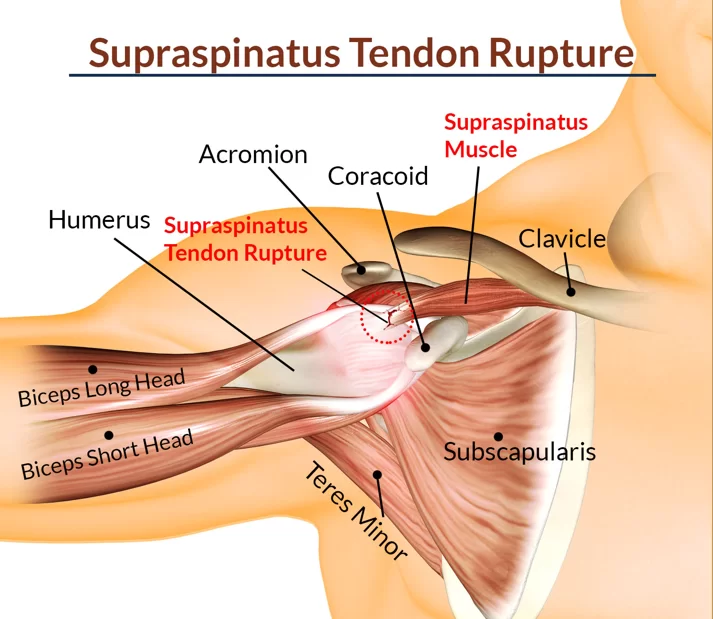

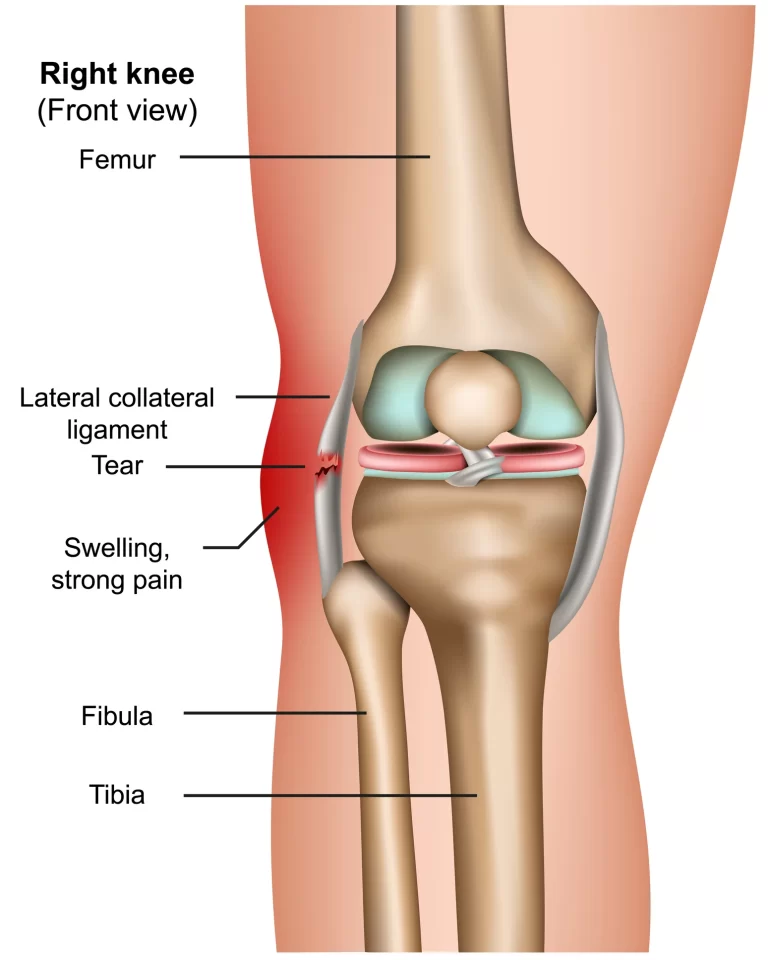
One Comment